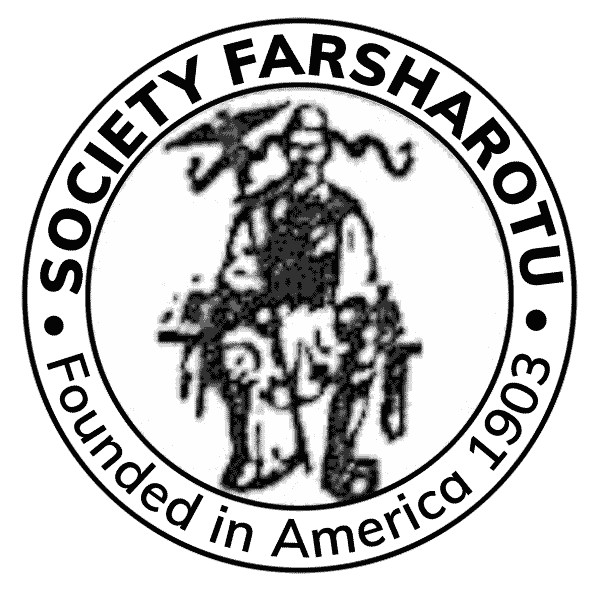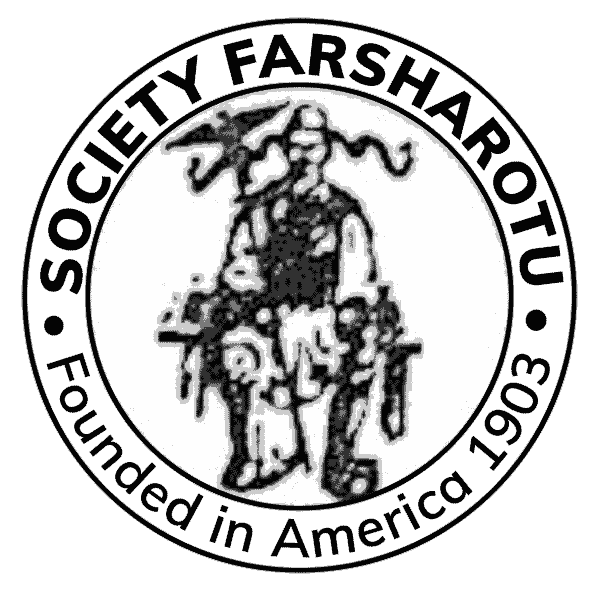Linguistic Balkanization: Contact-Induced Change by Mutual Reinforcement
JOUKO LINDSTEDT (UNIVERSITY OF HELSINKI)
Introduction:
The Balkan Sprachbund was the first linguistic area discovered by modern
scholarship. According to Kopitarís (1829: 86) famous statement about
Albanian, Wallachian, and Bulgarian (in modern terms: Albanian, Balkan
Romance, and Balkan Slavic), in the Balkans ìnur eine Sprachform herrscht,
aber mit dreyerley Sprachmaterieî. The main features of the Sprachbund were
described in Sandfeldís (1926, 1930) masterpiece and subsequent research by
others (see Schaller 1975, Solta 1980, Asenova 1989). But we still lack an
overall description of the historical development of this linguistic area.
Especially the question of the origins and causation of the main areal features
of the Balkans, the linguistic Balkanisms, is notoriously difficult.
In this paper I shall discuss the typological characteristics of grammatical
Balkanisms, as well as the nature of the sociolinguistic contact situation which
gave rise to the convergence that can be observed among the languages of the
area. I shall argue that the origins of most grammatical Balkanisms are not to
be sought in the internal development of any one of these languages, but rather
in the multilingual contact situation itself, to the extent that the traditional
notions of ìsource languageî and ìtarget languageî may not always be
applicable.
The languages or language groups of the Sprachbund are Albanian, Greek,
Balkan Romance, Balkan Slavic, and Balkan Romani. Balkan Romance
comprises the (Daco-)Romanian language spoken in Romania and Moldova, as
well as Aromanian (Arumanian) and Megleno-Romanian spoken in the Central
Balkans. Balkan Slavic means Bulgarian, Macedonian, and the so-called Torlak
dialects of Serbian; Muslim speakers of Bulgarian and Macedonian are ofted
referred to as Pomaks. Balkan Romani should be understood as an areal term
comprising both Balkan dialects proper and those Vlax dialects spoken in the
Balkan area. In addition to these five language groups, Ladino (Judezmo) and
various forms Balkan Turkic (such as Rumelian Turkish and Gagauz) have
adopted some areal features; I will have to take them into account at a later
stage of exploration.
To view the full article, sign up for a free account at Academia.edu
If you already have an account, use the following link to sign in and download the article:


Responses